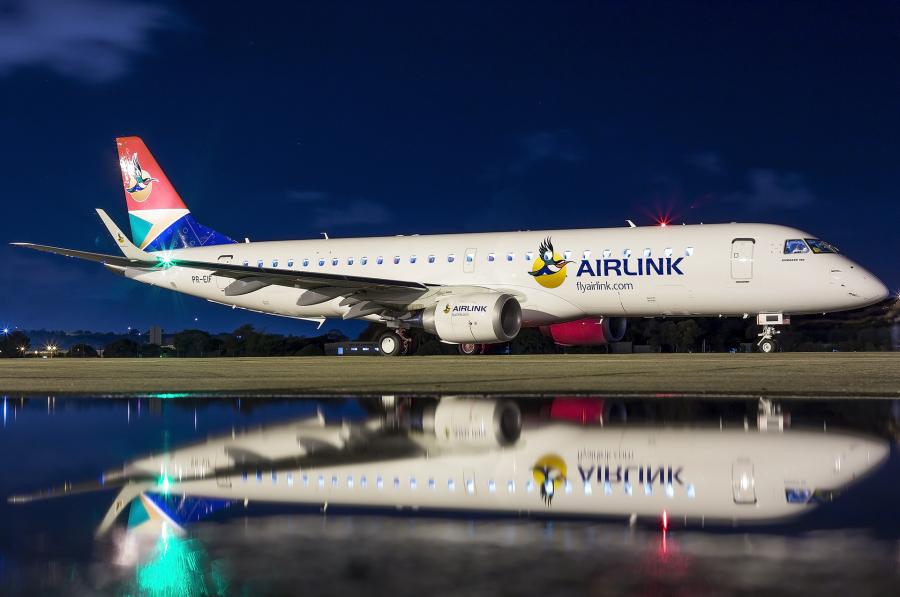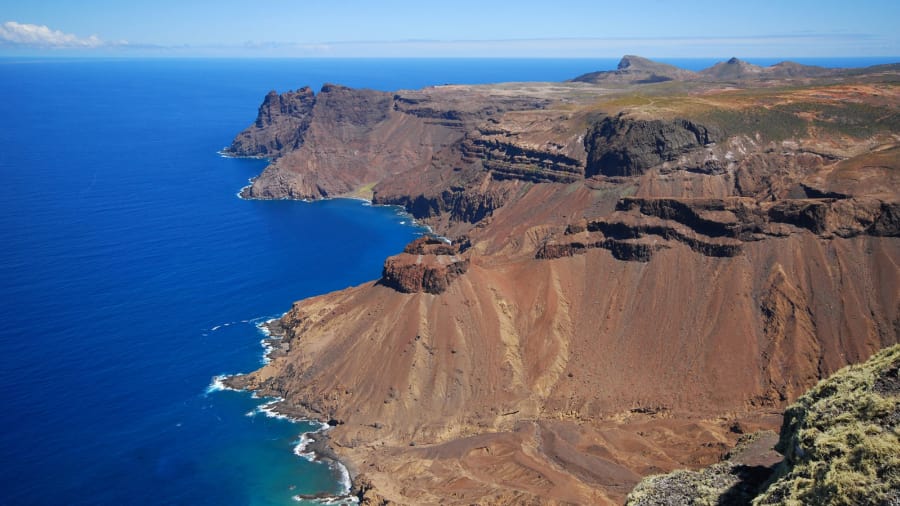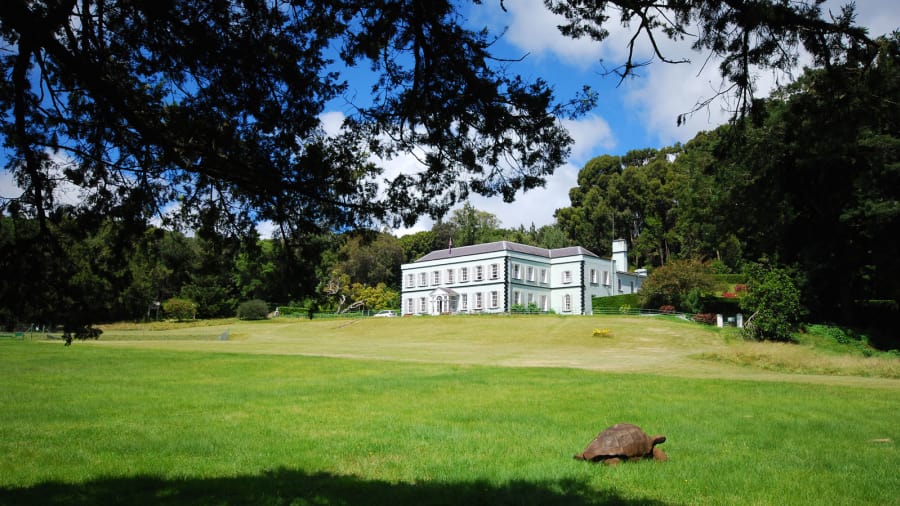the world's most inaccessible island
The small volcanic island located right in the middle of the South Atlantic, St. Helena, is certainly one of the most inaccessible places in the world.
In fact, that was the reason why St. Helena was chosen by the British in the early 19th century to build a prison for Napoleon Bonaparte. Napoleon was exiled here in 1815 and until his death in 1821, he never had the chance to set foot on the island even once.

Jamestown, the capital of St. Helena Island
However, a commercial flight from New York is about to make this remote island more accessible. United Airlines has introduced direct flights from New York and Newark (New Jersey) to Cape Town (South Africa’s legislative capital), starting December 15, 2019. From Cape Town, visitors to St. Helena are served by seasonal flights operated by South Africa’s local airline Airlink.
Airlink will operate these flights every Tuesday from December 3 to February 25 next year (except Christmas and New Year's Eve). Additionally, travelers can still fly from Johannesburg to St. Helena every Saturday.

Although there are no direct flights and a stopover in South Africa, this is a big step forward for St. Helena’s tourism. Before 2017, there were no commercial flights to the island. In previous years, the only connection between the remote island and the outside world was the RMS St. Helena Mail Service: letters and telegrams were shipped by ship every three weeks from Cape Town.
In 2016, as St. Helena prepared to open its first airport, it encountered an unexpected obstacle: South Atlantic wind shear. While the shear only affects planes landing from the north, approaching from the south creates tailwind issues—meaning a longer runway is needed to land. Smaller planes can still fly to the island, but the size and weight restrictions make it uneconomical for many airlines.
After several failed plans, in 2017, aiming to open a route from St. Helena to Johannesburg, Airlink's Embraer E190 finally succeeded in connecting St. Helena to the outside world.
forgotten paradise
St. Helena has a population of about 4,500 people, the tourism industry is still in its infancy and the island is known as a “forgotten paradise”.
The island's people are proud of its unspoiled natural environment, with diverse ecosystems ranging from rainforests to deserts. The island's waters are also good for dolphin and whale watching. The island is home to the picturesque capital of Jamestown, which also houses a number of historical sites and structures related to the Royal Navy's base.

In addition, the clear skies of St. Helena are well suited to astronomical observations. It was on this island that astronomer Edmond Halley compiled the first star list with the help of a telescope.

One of the most popular tourist groups to visit St. Helena is those interested in Napoleonic history. St. Helena still regularly welcomes a small number of visitors from France who visit sites associated with Napoleon, the famous French king who died in exile on the island.
Some typical tourist attractions include: Longwood House - a house located on a windy plain about 6 km from Jamestown - Napoleon stayed here during his exile on the island from December 10, 1815 until his death on May 5, 1821; The Briars, the first residence when the new Emperor arrived on the island; The Valley of the Tomb - where he was buried before his remains were returned to his homeland...


On the map, St. Helena is just a tiny dot, and people forget that this small island was once located on one of the most important trade routes in the world; its history is also associated with famous names such as Napoleon Bonaparte (French Emperor), Charles Darwin (famous naturalist) and Edmund Halley (a brilliant astronomer and geophysicist).

As the geographical barriers gradually fall and St. Helena becomes more accessible, the island will surely be on the bucket list of the world’s most discerning travelers. It is truly a hidden treasure waiting to be discovered.


































